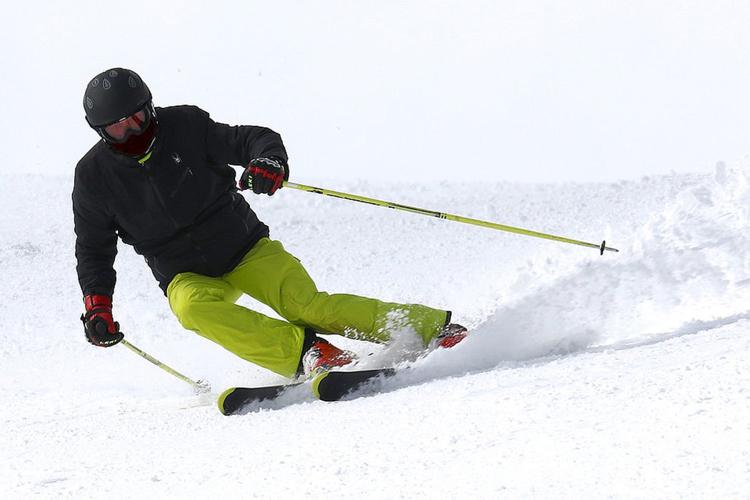With the leaves quickly falling from the trees and the upcoming storms of October and November on their way, anticipation of the upcoming ski season grows by the day.
Soon the snow-makers at our local ski resorts will be creating a winter wonderland for skiers and snowboarders to enjoy.
While we are looking forward to a full season of carving turns, nothing brings this enjoyment to a halt faster than an unexpected injury.
Among downhill skiers, knee injuries are the most common type of injury sustained from a fall. In fact, they occur three times more frequently than any other type of injury. The most commonly injured knee structure is the medial collateral ligament (MCL), followed closely by the anterior cruciate ligament (ACL).
Injury to these ligaments from a fall while skiing is most commonly caused by the shin twisting outwards relative to the thigh, resulting in an incredible amount of stress being put on the MCL and ACL.
These ligaments’ primary role is to resist this type of stress to the knee. The MCL, fortunately, has a very good potential to heal and recover with conservative care.
Injury to the ACL on the other hand is more serious and often requires surgery to repair/reconstruct. Surgery is almost always followed by a lengthy rehabilitation period. Prevention of either of these injuries is crucial if you want to make it through the ski season.
The following are top 3 ways to protect your ACL while skiing this winter:
Equipment
Avoiding a fall is key to eliminating knee injuries while skiing.
Downhill skis, by design, create a longer lever arm which creates torque at the knee joint. Longer, more traditional skis create even more of a lever arm.
Conversely, shorter, shaped skis with shorter tails make turning easier and reduce the strain at the knee joint.
This is a good time of year to re-evaluate your skis and consider up-grading to shorter, easier carving skis. In addition to your skis, the binding settings can play a huge role in reducing your risk of an ACL injury.
Bindings are intended to keep your boots attached to the skis. When you fall, if the bindings release, it allows your ski to come off, reducing the torqueing of the ski on your knee.
The higher the setting, the less likely the ski is to release. Properly set bindings are a function of your height, weight, skiing ability, and the skiing conditions. This is best assessed by a ski tuning professional at one of our local ski shops or ski resorts.
Fitness
Suffice it to say, your body is the most important piece of equipment you have.
The more conditioned and the stronger it is, the more ability you have to prevent injury. During this time we are waiting for snow, get started on a strength and conditioning program that targets your quadriceps, hamstrings, gluteals and abdominal muscles.
Incorporate plyometrics as well as balance/proprioception training. Many options exist to kick start your fitness: core classes, personal training, cross training, strength training, hiking, cycling, etc.
The key is to have a conversation with a fitness professional to see what you need to focus on.
Skiing ability
The adage of skiing within your ability continues to hold true. Sticking with ski runs and speeds that are within your ability allows you to stay in control and minimize your risk of falling, reducing the potential for a season ending ACL injury.
Following friends into uncharted terrain that is beyond your own ability can push you beyond your ability to stay in control of your skis. This is often a recipe for disaster.
Hopefully, the snow will be flying soon, so there is no time like the present to get your equipment in good working order. Have fun and have a safe ski season!








